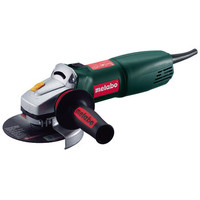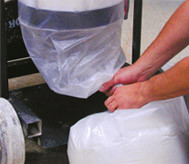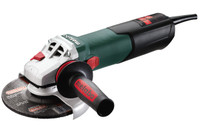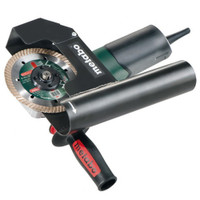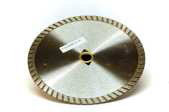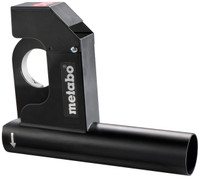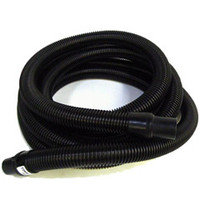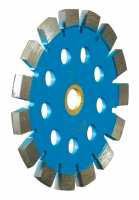 Loading... Please wait...
Loading... Please wait...- 774-991-2658
- My Account
- Home
- Tuck Pointing
Categories
Tuck Pointing
Tuck Point Blades are used for pointing, or repointing, which is the removal of mortar joints and the preparation of masonry surfaces including concrete, block, bricks, pavers and stone. Diamond tuck point grinding blades come brazed, polished, sintered, cooling holes, sandwich core design, key hole gullet, v-segment and wide u-gullet. Tuck Point Diamond Blades are commonly used by general masonry or tuck point contractors in the brick and mortar industry. Bedrock offers many different types and styles for all of your tuckpointing diamond blade needs.
Professional "tuckpointers" use tuckpointing tools, which depending on country and local trade terminology sometimes may be termed "jointers" or "tuckpointing irons" (primarily in London where the trade originated).
The tuckpointing tools themselves were originally made from forged iron by blacksmiths dating back to their origins in England during the 18th century. Over time tuckpointing tools have now evolved into tools made from a hardened quality tool steel and shaped with a sharp-pointed front with a flat base or a beaded or grooved base. The sharp point helps in making the tuckpointed fine line smooth.
Thicknesses or widths of tuckpointing tools may be between 1 mm and 14 mm depending on the tuckpointers' personal preferences and the type existing brick or stone work that a tuckpointer is tuckpointing. Tuckpointers often use wider tools when tuckpointing stonework.
There are many different types of tuckpointing tools now available: "Standard Tuckpointing Tools /flat bottomed", "Square Beaded Tuckpointing Tool", "Round Beaded Tuckpointing Tools" "Stubnose and Longnose Tuckpointing tools" and also rarer "Rounded Corner Tuckpointing Tools".
The process of tuckpointing requires that the excess lime putty is "cut" away from the fine tuckpointed line. This is performed using a frenchmen knife or a double frenchmen knife. A frenchmen knife is a type of knife with a small sharp bent tip which allows the lime putty to be cut when guided along the tuckpointed line with a tuckpointer's straight edge. A double frenchmen knife works by cutting both top and bottom tuckpointed fine lines in one pass, making the process quicker. Double frenchmen knives can be adjusted to match the width of the fine tuckpointed lines.
Tuckpointing is a fairly rare but not forgotten trade. Tuckpointing is widespread throughout the world and features strongly in the United Kingdom, Australia, the United States, Canada, New Zealand, France and other places in Europe. Although originally considered to be part of the bricklaying trade, it is now mainly performed by tuckpointing specialists.

